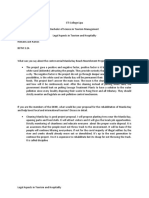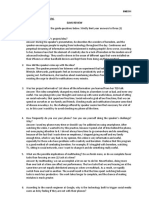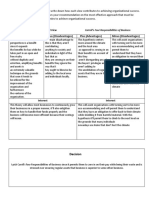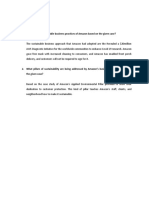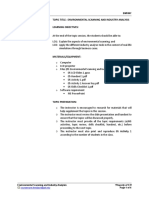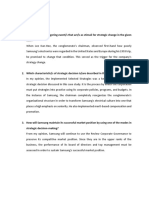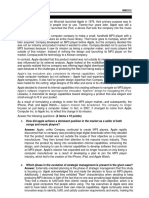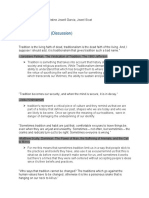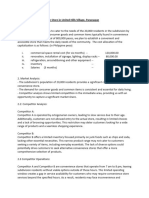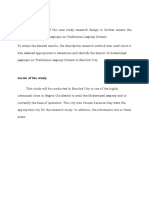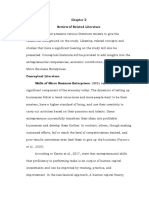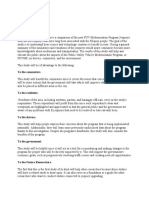0% found this document useful (0 votes)
683 views13 pages05 Task Performance 1
The document provides a business plan for establishing a new convenience store in Barangay Crossing Pulupandan. It summarizes the strong growth of the global convenience store market size and identifies major players. It also outlines an industry analysis including trends toward expanded online and delivery services. A competitor analysis identifies direct and indirect competitors in the area. Finally, the business strategy section establishes objectives in marketing, management, operations, and finance, and identifies strengths, weaknesses, opportunities, and threats for the new store through a SWOT analysis.
Uploaded by
Trixie JordanCopyright
© © All Rights Reserved
We take content rights seriously. If you suspect this is your content, claim it here.
Available Formats
Download as DOCX, PDF, TXT or read online on Scribd
0% found this document useful (0 votes)
683 views13 pages05 Task Performance 1
The document provides a business plan for establishing a new convenience store in Barangay Crossing Pulupandan. It summarizes the strong growth of the global convenience store market size and identifies major players. It also outlines an industry analysis including trends toward expanded online and delivery services. A competitor analysis identifies direct and indirect competitors in the area. Finally, the business strategy section establishes objectives in marketing, management, operations, and finance, and identifies strengths, weaknesses, opportunities, and threats for the new store through a SWOT analysis.
Uploaded by
Trixie JordanCopyright
© © All Rights Reserved
We take content rights seriously. If you suspect this is your content, claim it here.
Available Formats
Download as DOCX, PDF, TXT or read online on Scribd
/ 13
